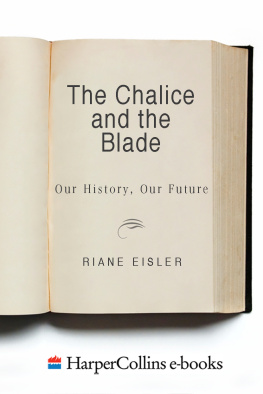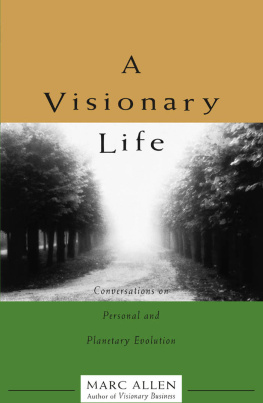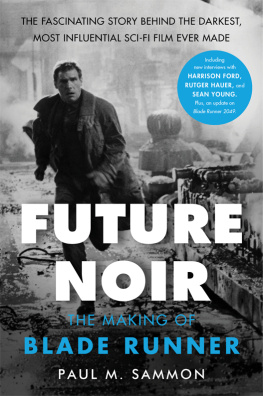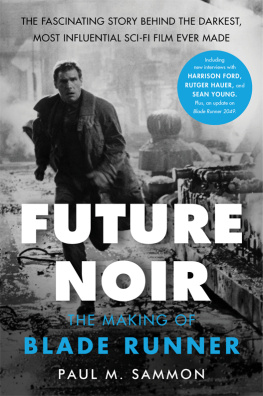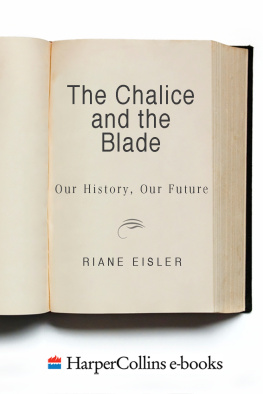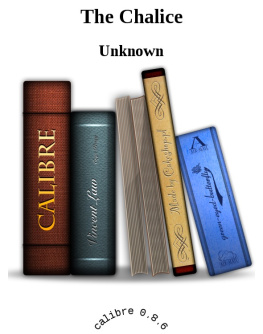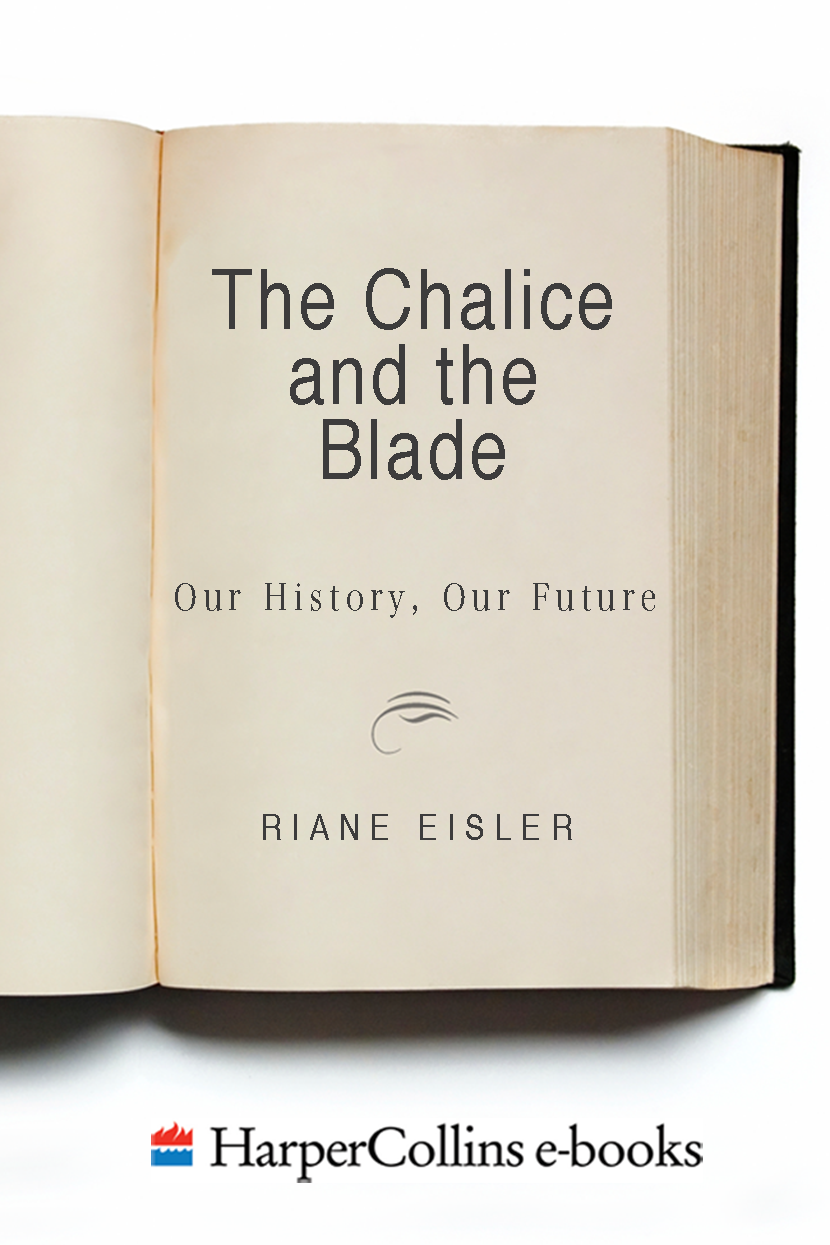This book opens a door. The key to unlock it was fashioned by many people and many books, and it will take many more to fully explore the vast vistas that lie behind it. But even opening this door a crack reveals fascinating new knowledge about our pastand a new view of our potential future.
For me, the search for this door has been a life-long quest. Very early in my life I saw that what people in different cultures consider givenjust the way things areis not the same everywhere. I also very early developed a passionate concern about the human situation. When I was very small, the seemingly secure world I had known was shattered by the Nazi takeover of Austria. I watched as my father was dragged away, and after my mother miraculously obtained his release from the Gestapo, my parents and I fled for our lives. Through that flight, first to Cuba and finally to the United States, I experienced three different cultures, each with its own verities. I also began to ask many questions, questions that to me are not, and never have been, abstract.
Why do we hunt and persecute each other? Why is our world so full of mans infamous inhumanity to manand to woman? How can human beings be so brutal to their own kind? What is it that chronically tilts us toward cruelty rather than kindness, toward war rather than peace, toward destruction rather than actualization?
Of all life-forms on this planet, only we can plant and harvest fields, compose poetry and music, seek truth and justice, teach a child to read and writeor even laugh and cry. Because of our unique ability to imagine new realities and realize these through ever more advanced technologies, we are quite literally partners in our own evolution. And yet, this same wondrous species of ours now seems bent on putting an end not only to its own evolution but to that of most life on our globe, threatening our planet with ecological catastrophe or nuclear annihilation.
As time went on, as I pursued my professional studies, had children, and increasingly focused my research and writing on the future, my concerns broadened and deepened. Like many people, I became convinced that we are rapidly approaching an evolutionary crossroadsthat never before has the course we choose been so critical. But what course should we take?
Socialists and communists assert that the root of our problems is capitalism; capitalists insist socialism and communism are leading us to ruin. Some argue our troubles are due to our industrial paradigm, that our scientific worldview is to blame. Still others blame humanism, feminism, and even secularism, pressing for a return to the good old days of a smaller, simpler, more religious age.
Yet, if we look at ourselvesas we are forced to by television or the grim daily ritual of the newspaper at breakfastwe see how capitalist, socialist, and communist nations alike are enmeshed in the arms race and all the other irrationalities that threaten both us and our environment. And if we look at our pastat the routine massacres by Huns, Romans, Vikings, and Assyrians or the cruel slaughters of the Christian Crusades and Inquisitionwe see there was even more violence and injustice in the smaller, prescientific, preindustrial societies that came before us.
Since going backward is not the answer, how do we move forward? A great deal is being written about a New Age, a major and unprecedented cultural transformation. But in practical terms, what does this mean? A transformation from what to what? In terms of both our everyday lives and our cultural evolution, what precisely would be different, or even possible, in the future? Is a shift from a system leading to chronic wars, social injustice, and ecological imbalance to one of peace, social justice, and ecological balance a realistic possibility? Most important, what changes in social structure would make such a transformation possible?
The search for answers to these questions led me to the re-examination of our past, present, and future on which this book is based. The Chalice and the Blade reports part of this new study of human society, which differs from most prior studies in that it takes into account the whole of human history (including our prehistory) as well as the whole of humanity (both its female and male halves).
Weaving together evidence from art, archaeology, religion, social science, history, and many other fields of inquiry into new patterns that more accurately fit the best available data, The Chalice and the Blade tells a new story of our cultural origins. It shows that war and the war of the sexes are neither divinely nor biologically ordained. And it provides verification that a better future is possibleand is in fact firmly rooted in the haunting drama of what actually happened in our past.
We are all familiar with legends about an earlier, more harmonious and peaceful age. The Bible tells of a garden where woman and man lived in harmony with each other and naturebefore a male god decreed that woman henceforth be subservient to man. The Chinese Tao Te Ching describes a time when the yin, or feminine principle, was not yet ruled by the male principle, or yang, a time when the wisdom of the mother was still honored and followed above all. The ancient Greek poet Hesiod wrote of a golden race who tilled the soil in peaceful ease before a lesser race brought in their god of war. But though scholars agree that in many respects these works are based on prehistoric events, references to a time when women and men lived in partnership have traditionally been viewed as no more than fantasy.
When archaeology was still in its infancy, the excavations of Heinrich and Sophia Schliemann helped establish the reality of Homers Troy. Today new archaeological excavations, coupled with reinterpretations of older digs using more scientific methods, reveal that stories such as our expulsion from the Garden of Eden also derive from earlier realities: from folk memories of the first agrarian (or Neolithic) societies, which planted the first gardens on this earth. Similarly (as the Greek archaeologist Spyridon Marinatos already suggested almost fifty years ago), the legend of how the glorious civilization of Atlantis sank into the sea may well be a garbled recollection of Minoan civilizationnow believed to have ended when Crete and surrounding islands were massively damaged by earthquakes and enormous tidal waves.
Just as in Columbuss time the discovery that the earth is not flat made it possible to find an amazing new world that had been there all the time, these archaeological discoveriesderiving from what the British archaeologist James Mellaart calls a veritable archaeological They reveal a long period of peace and prosperity when our social, technological, and cultural evolution moved upward: many thousands of years when all the basic technologies on which civilization is built were developed in societies that were not male dominant, violent, and hierarchic.
Further verifying that there were ancient societies organized very differently from ours are the many otherwise inexplicable images of the Deity as female in ancient art, myth, and even historical writings. Indeed, the idea of the universe as an all-giving Mother has survived (albeit in modified form) into our time. In China, the female deities Ma Tsu and Kuan Yin are still widely worshiped as beneficent and compassionate goddesses. In fact, the anthropologist P. S. Sangren notes that Kuan Yin is clearly the most popular of Chinese deities. Similarly, the veneration of Mary, the Mother of God, is widespread. Although in Catholic theology she is demoted to nondivine status, her divinity is implicitly recognized by her appellation Mother of God as well as by the prayers of millions who daily seek her compassionate protection and solace. Moreover, the story of Jesus birth, death, and resurrection bears a striking resemblance to those of earlier mystery cults revolving around a divine Mother and her son or, as in the worship of Demeter and Kore, her daughter.

